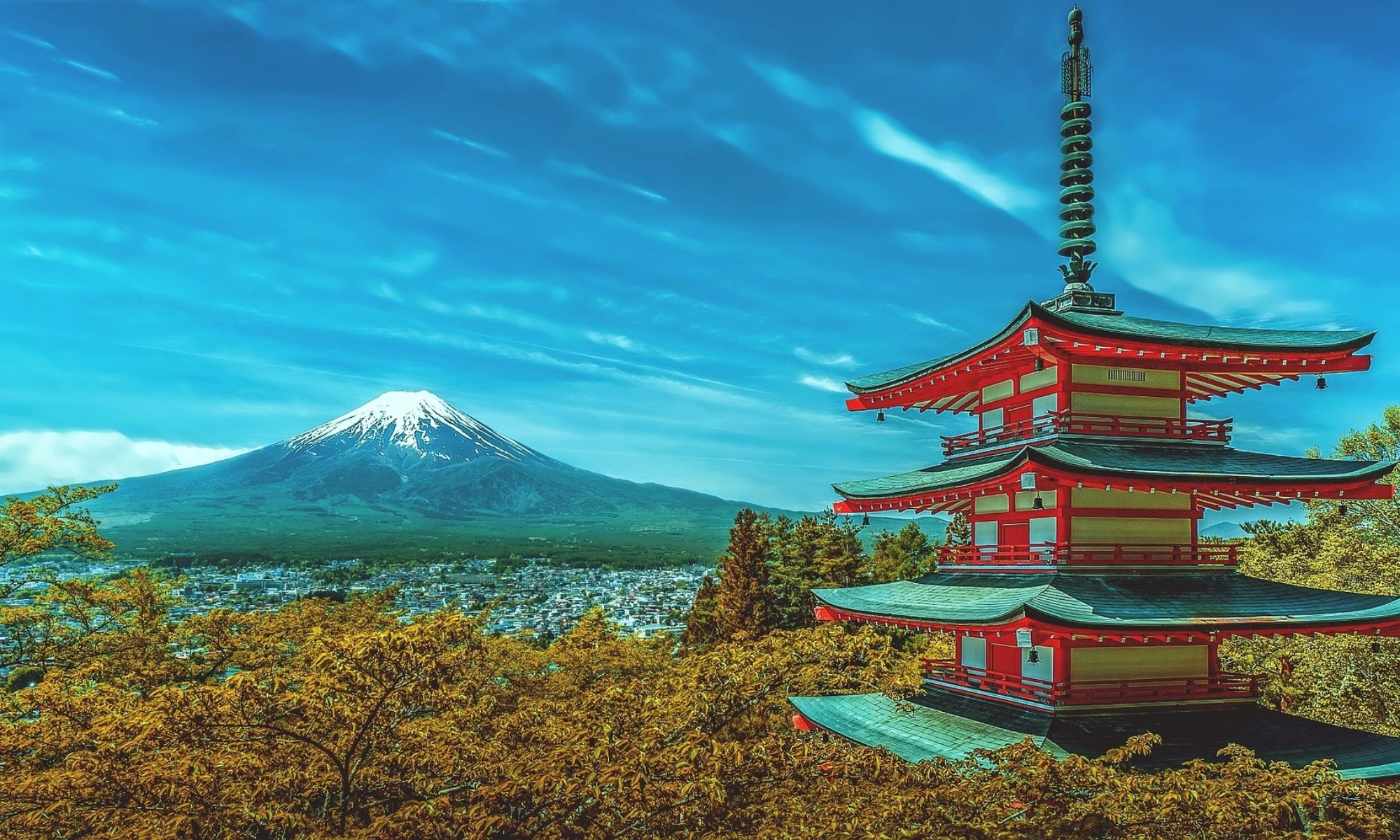The holiday of Thanksgiving reminds us to appreciate the immeasurable beauty and bounty Nature bestows upon us which, over the last 5,000 years, became a sort of reward for the creatures most magnificent–a given. It has its roots in the oldest of farming traditions, celebrated sometime between October and February, when there was little to do as farmers except to admire one’s harvest.
Back in the day the farmer used surplus grains and other products to brew and distill alcohol, get shit-faced and give thanks to whichever deity he deemed responsible for the harvest. The echoes of these festivals can still be heard in present-day Carnival celebrations around the world.
However, these festivities all celebrated (and celebrate) one culture, one specific lifestyle, one civilization whose wealth was attained at the expense of all others. Our Thanksgiving is also a celebration of this arrogant and destructive behavior, conscious or not, as the abundance we have has become proof of our deservedness, and others’ unworthiness.
Native Americans always celebrated their harvests and the abundance of Mother Nature, universally during the year and specifically in the fall. When the Europeans arrived in Massachusetts, however, several things changed.
From the start of the 17th century, European explorers visited the East coast and brought the Natives a most unwelcome gift: disease. In fact, the diseases that spread throughout the region devastated many tribes, leading many scholars to suggest that without these diseases, there would have been no room for the Pilgrims to land at all.
When they did finally arrive–six weeks before winter–they came utterly unprepared to deal with the harsh New England climate, and with nearly empty food stores. Many resorted to robbing Native American storehouses and graves in which, among other things, corn was buried, and many more did not make it through the first winter.
In addition, the once mighty Wampanoag nation, who had driven many Europeans like John Smith away in previous years, was now greatly weakened by the disease, while their hated rivals–the Narragansetts to the South–were less affected. In other words, without the disease the Wampanoags would probably not have made a peace treaty with the new settlers, and Thanksgiving as we know it would never have been celebrated.
Finally, the Pilgrims only made the event an annual occurrence in the 1660‘s. Before that relationships with the Natives grew increasingly strained, beginning in the late 1630’s. In 1637 Pequot natives believed an English trader to be guilty of kidnapping their children and murdered him. As they gathered for their Green Corn Dance ceremony to bless the growing harvest, settlers surrounded them and burnt them alive. Those who managed to escape the flames were cut down with swords. All told, about 700 Pequot men, women, and children died that day, and Governor Bradford decided to hold the first, so-named “Thanksgiving” to celebrate the event.
The Europeans’ true face lay exposed. Our Thanksgiving celebrates the annihilation of the Pequod nation, and, indirectly, the genocide we engineered upon Native Americans in our country.
In 1621, however, things looked different. Natives and settlers needed each other, and did their best to respect the other side. The gathering they organized marked the first time in history where civilized whites and uncivilized natives came together to celebrate one thing: gratitude.
The event should inspire us. If vastly different peoples living such dissimilar lifestyles can celebrate together for three days as these long-forgotten souls did, then it may be possible to live harmoniously together despite our differences. We should not leave this piece with images of civilized failure and destruction, but with one of unity. Let us all break bread together, and give thanks.
